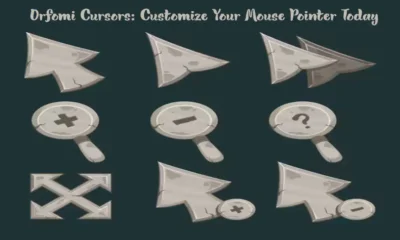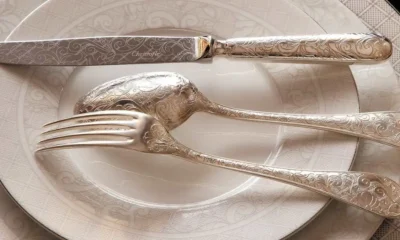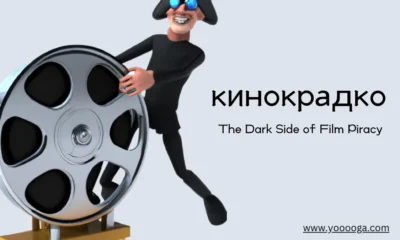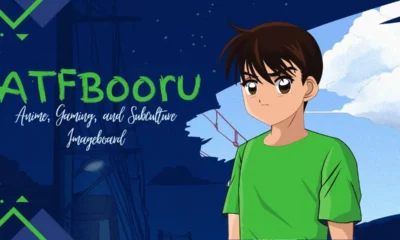GENERAL
How Tattoo Artists Handle Custom Requests and Unique Ideas
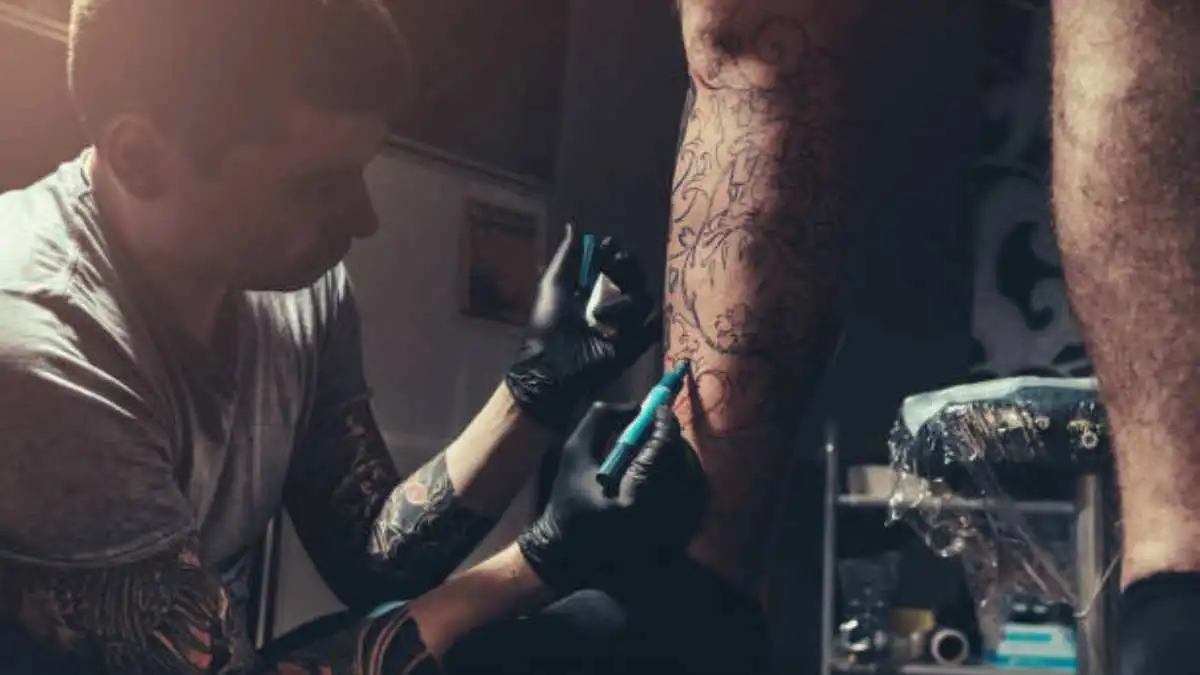
Custom tattoos are more than just ink and skin—they’re personal stories, memories, and moments brought to life through creativity and trust. Many people walk into a studio with a vision in mind, hoping to transform an abstract idea into a permanent artwork. Tattoo artists take on the responsibility of translating those ideas into designs that not only look good but also reflect the personality and emotion behind them. It takes more than drawing skills to make it work—it requires communication, patience, and adaptability. We will explore how tattoo artists approach custom requests and one-of-a-kind ideas, ensuring each client walks away with something that feels uniquely theirs.
Table of Contents
Steps Tattoo Artists Follow to Create Custom Tattoos
1. Initial Consultation and Idea-Sharing
When someone presents a unique concept, the first step is always a thorough conversation. Tattoo artists at places like Platinum Ink understand that every design starts with a story. Whether it’s a tribute to a loved one, a symbol of personal growth, or a quirky joke turned into ink, artists ask plenty of questions to get to the root of the idea. Clients are often encouraged to bring reference photos, doodles, or mood boards to help communicate their vision effectively. For those looking to get inspired or learn more about the process, you can always check our website for examples and guidance before your visit.
During this session, the artist listens carefully, taking notes and asking clarifying questions. It’s not unusual for this part to feel like a therapy session, with the client opening up about deeply personal moments. This phase is all about connection—understanding not just what the tattoo should look like, but what it should mean. It’s a space for open communication, where no idea is too strange or too abstract to be taken seriously.
2. Creative Interpretation and Artistic Adaptation
Once the idea is clear, it’s time to visualize it. Tattoo artists are not just copying machines—they’re creative professionals who must translate feelings and concepts into workable tattoo designs. This involves considering elements such as line work, shading, style, and placement. For example, a client may request a “phoenix rising from a coffee cup” to symbolize rebirth through caffeine (yes, it happens), and the artist must make it look both cool and meaningful.
A major part of this step involves editing—deciding what to keep, what to simplify, and how to blend all components into one cohesive image. Artists think in terms of how the design will sit on the skin, how it will age, and how different styles (like realism, traditional, or geometric) can elevate the concept. This step is where the idea begins to take shape. Artists often create mock-ups or digital renderings, allowing clients to suggest changes before anything becomes permanent.
3. Balancing Client Vision with Practical Tattooing
Even the most imaginative ideas need to be grounded in tattooing realities. Some requests might look great on paper but won’t translate well to the skin, especially when considering factors such as body shape, skin type, and long-term fading. Tattoo artists are responsible for guiding clients toward the most durable and readable version of their vision. For instance, super-tiny details might blur over time, or certain colors may not show well on some skin tones. Rather than rejecting ideas outright, artists offer thoughtful alternatives.
They’ll explain why a face might need to be a bit larger or why a line drawing might work better than a watercolor style for the chosen location. This part of the process requires a mix of honesty and creativity, as artists strive to honor the idea while protecting the final result. Clients usually appreciate this level of professionalism, knowing that the artist isn’t just saying yes to everything—they’re invested in making it last.
4. Collaborative Design Tweaking and Final Approval
No tattoo artist works in a vacuum when handling custom requests. It’s a team effort between the artist and the client. After presenting an initial draft, the artist invites feedback, sometimes going through several rounds of edits. Clients might want the bird’s wing slightly different, the font adjusted, or the placement moved an inch to the left. Artists are typically open to changes, but they also know when to advise against something.
For example, a client may want a script that’s too small to remain legible, and the artist will suggest increasing the size or using a bolder font. This phase is where trust becomes vital. Clients want to feel heard, but they also rely on the artist’s judgment and expertise. It’s not uncommon for artists to say, “Here’s what you asked for, and here’s a version I think works better—what do you think?” This spirit of collaboration ensures that, by the time ink meets skin, everyone is on the same page and confident in the outcome.
Handling custom tattoo requests is a process rooted in creativity, communication, and craftsmanship. Tattoo artists don’t just recreate what clients bring—they reinterpret ideas into art that fits the canvas of the human body. From the first conversation to the final touch of ink, every step is about bringing someone’s personal vision to life in a way that is both beautiful and lasting. Whether it’s a tribute, a joke, or a dream-come-true design, the result is something truly one-of-a-kind, shaped by the hands that draw and the stories that inspire.
-

 GENERAL5 months ago
GENERAL5 months agoChristofle – For Those Who Dream of Family Heirloom Silver
-

 SPORTS7 months ago
SPORTS7 months agoDiscover the World of Football with Streameast: Watch Your Favorite Leagues and Tournaments
-

 GENERAL4 months ago
GENERAL4 months agoUncovering the World of кинокрадко: The Dark Side of Film Piracy
-

 GENERAL2 months ago
GENERAL2 months agoATFBooru: Anime, Gaming, and Subculture Imageboard





